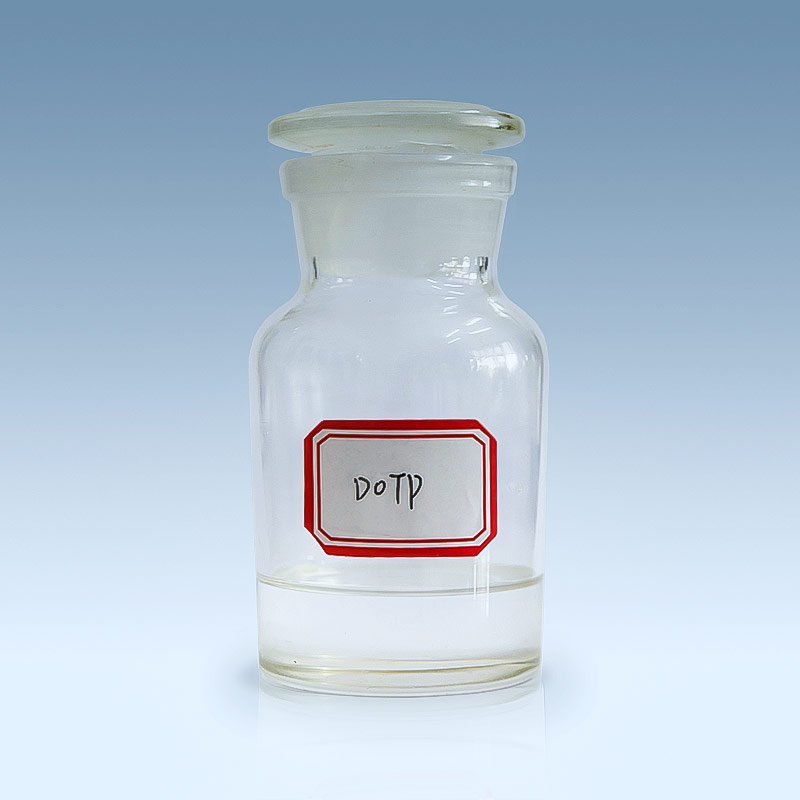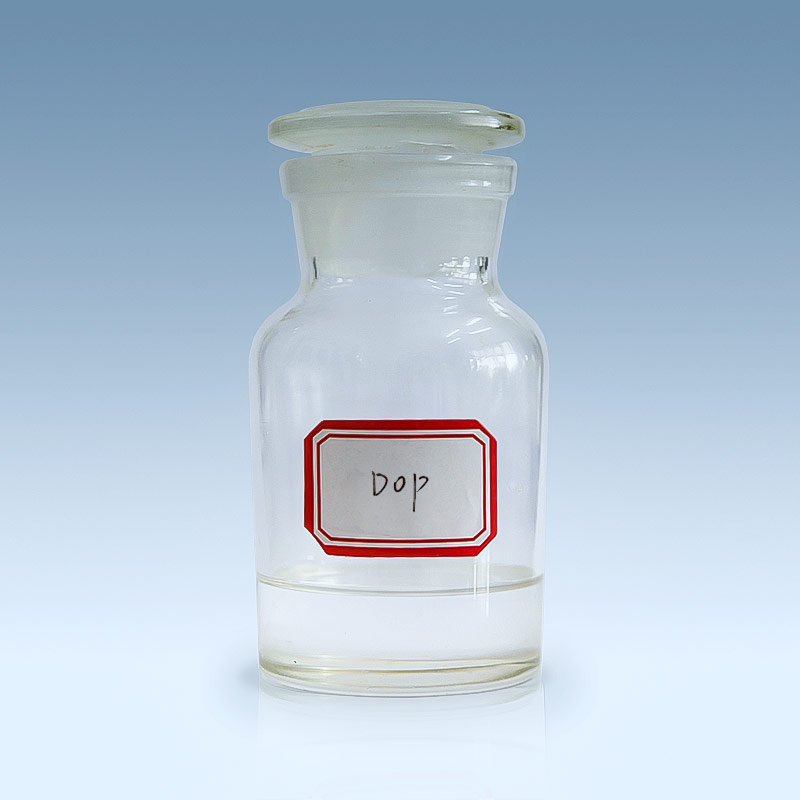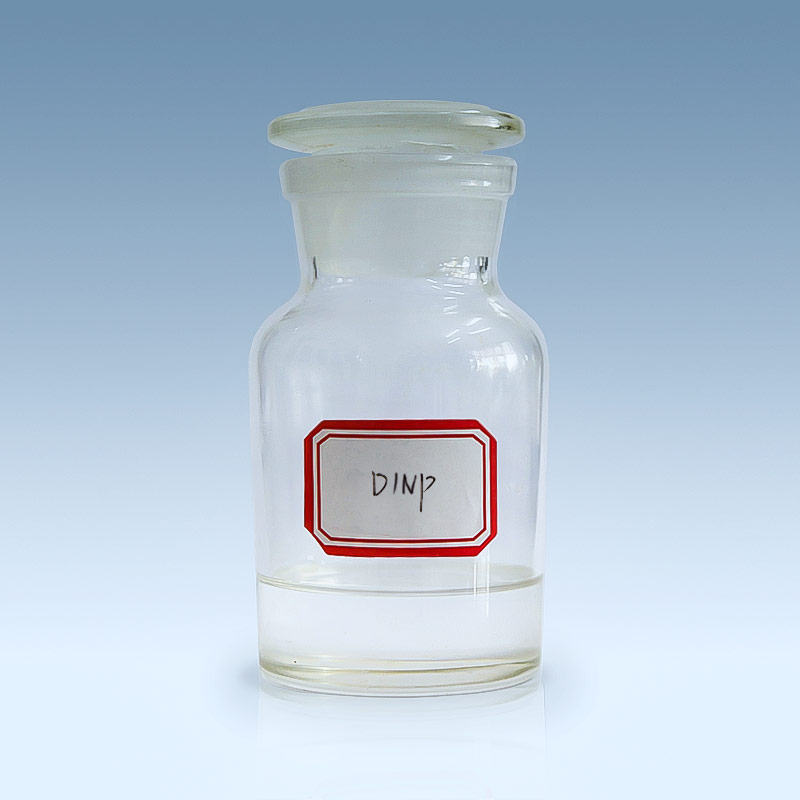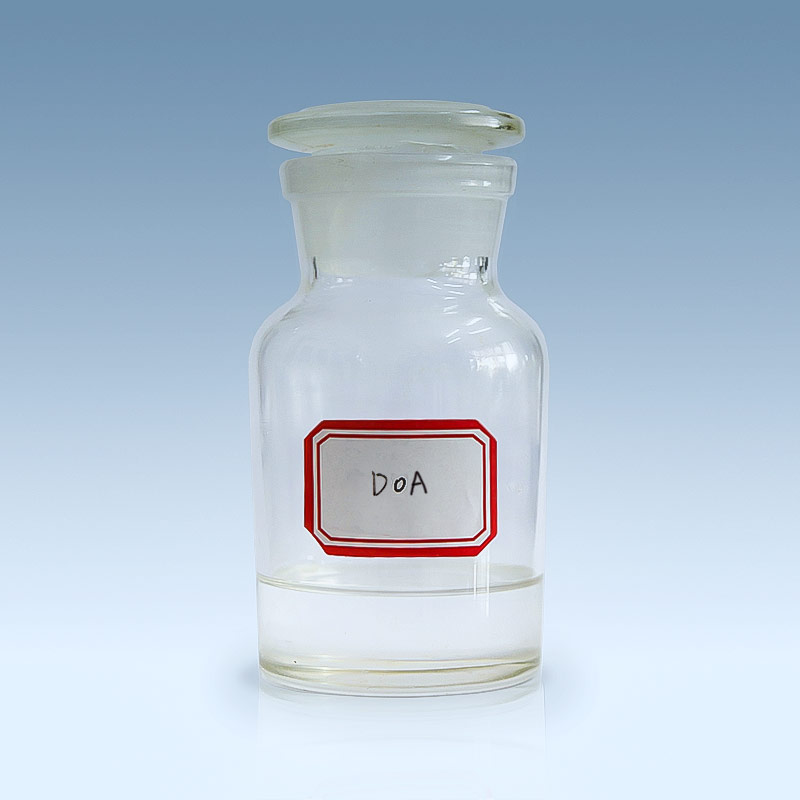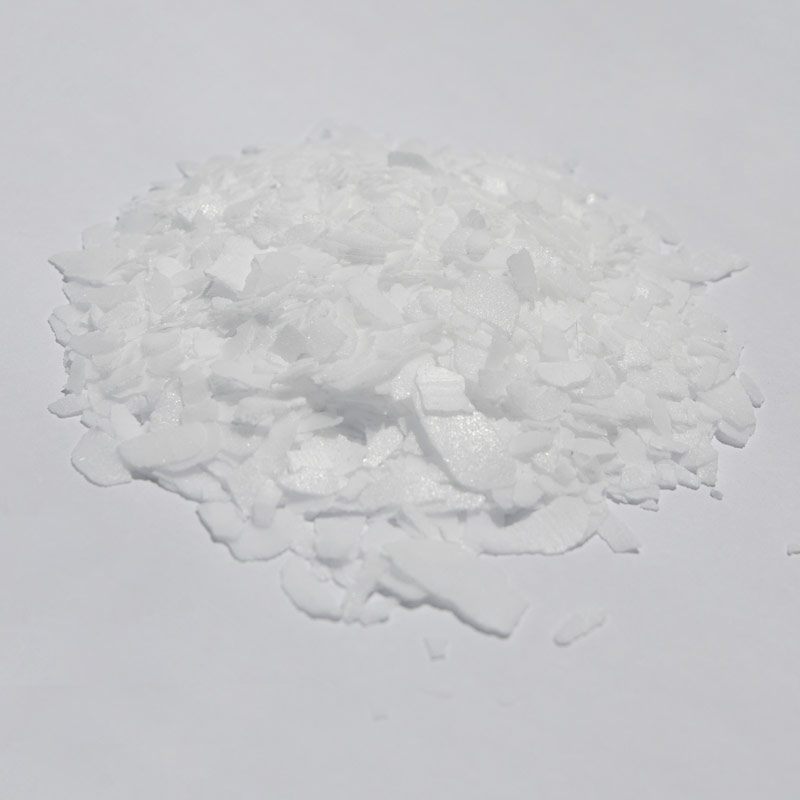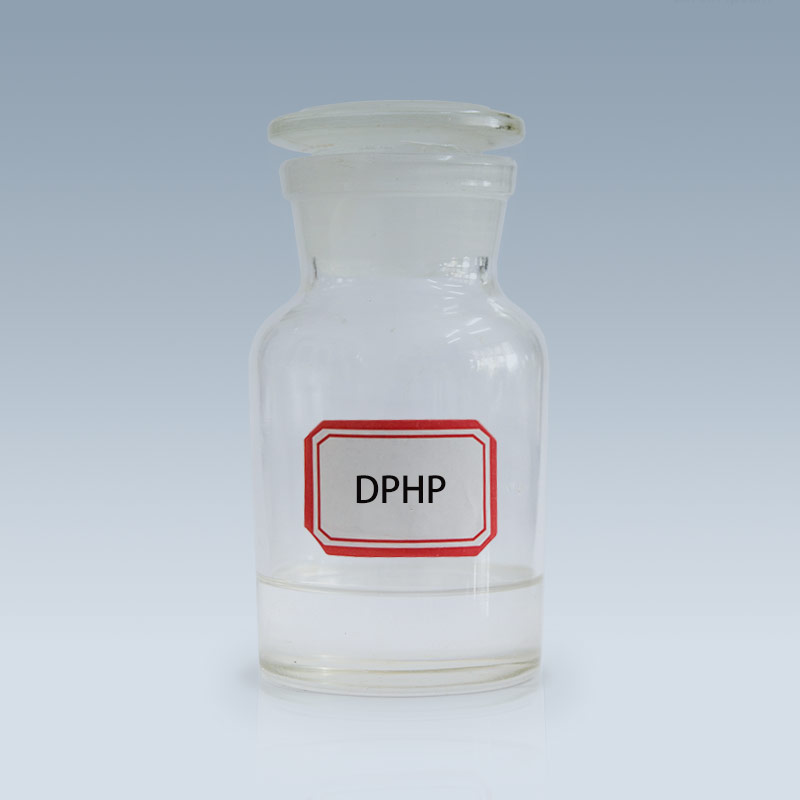Di(2-ethylhexyl) terephthalate (DOTP) is a widely used non-phthalate plasticizer. Due to its eco-friendly and low-toxicity properties, it is often used as a substitute for di(2-ethylhexyl) phthalate (DOP). Understanding its raw materials is crucial for comprehending its production process and industry value.
What are the main raw materials for DOTP?
The synthesis of DOTP primarily relies on two core raw materials: terephthalic acid (PTA) and 2-ethylhexanol (2-EH).
-
Terephthalic acid (PTA): * PTA is a vital organic chemical raw material, a white crystalline powder at room temperature, mainly produced by the oxidation of p-xylene (PX). It is an essential monomer for producing polyethylene terephthalate (PET) and is the source of the terephthalate group in DOTP production.
-
The quality of PTA directly affects the purity and performance of the final DOTP product. High-purity PTA ensures efficient synthesis and reduces the formation of by-products.
-
-
2-ethylhexanol (2-EH): * 2-EH is a colorless, clear liquid with a slightly aromatic odor, mainly produced through the hydroformylation of propylene. It is an important alcohol intermediate widely used in plasticizers, solvents, and lubricants.
-
In the synthesis of DOTP, 2-EH acts as the alcohol component, reacting with PTA in an esterification reaction, which gives DOTP its excellent plasticizing properties and low volatility.
-
Overview of the DOTP Production Process
The production of DOTP (also known as Dioctyl Terephthalate or Bis(2-ethylhexyl) terephthalate) typically involves an esterification reaction. This process involves heating PTA with an excess of 2-EH in the presence of a catalyst (such as titanates or sulfuric acid).
The Impact of Raw Materials on the DOTP Industry
As bulk petrochemical products, the price fluctuations of PTA and 2-EH have a decisive impact on the production cost of DOTP.
-
PTA price: The supply and price of PTA are influenced by crude oil prices, the p-xylene (PX) market, and the demand from downstream PET and textile industries. When PTA prices rise, the production cost of DOTP also increases.
-
2-EH price: The price of 2-EH is affected by fluctuations in upstream raw material markets like propylene and butyraldehyde. A tight supply or a price increase of 2-EH will also directly push up the cost of DOTP.
Therefore, producers of dioctyl terephthalate (DOTP) must closely monitor the market dynamics of these two core raw materials. They can manage cost pressures and maintain market competitiveness by optimizing procurement strategies and improving production efficiency. Furthermore, quality control of the raw materials is a key factor in ensuring stable product performance and meeting high customer standards.



 English
English 中文简体
中文简体
